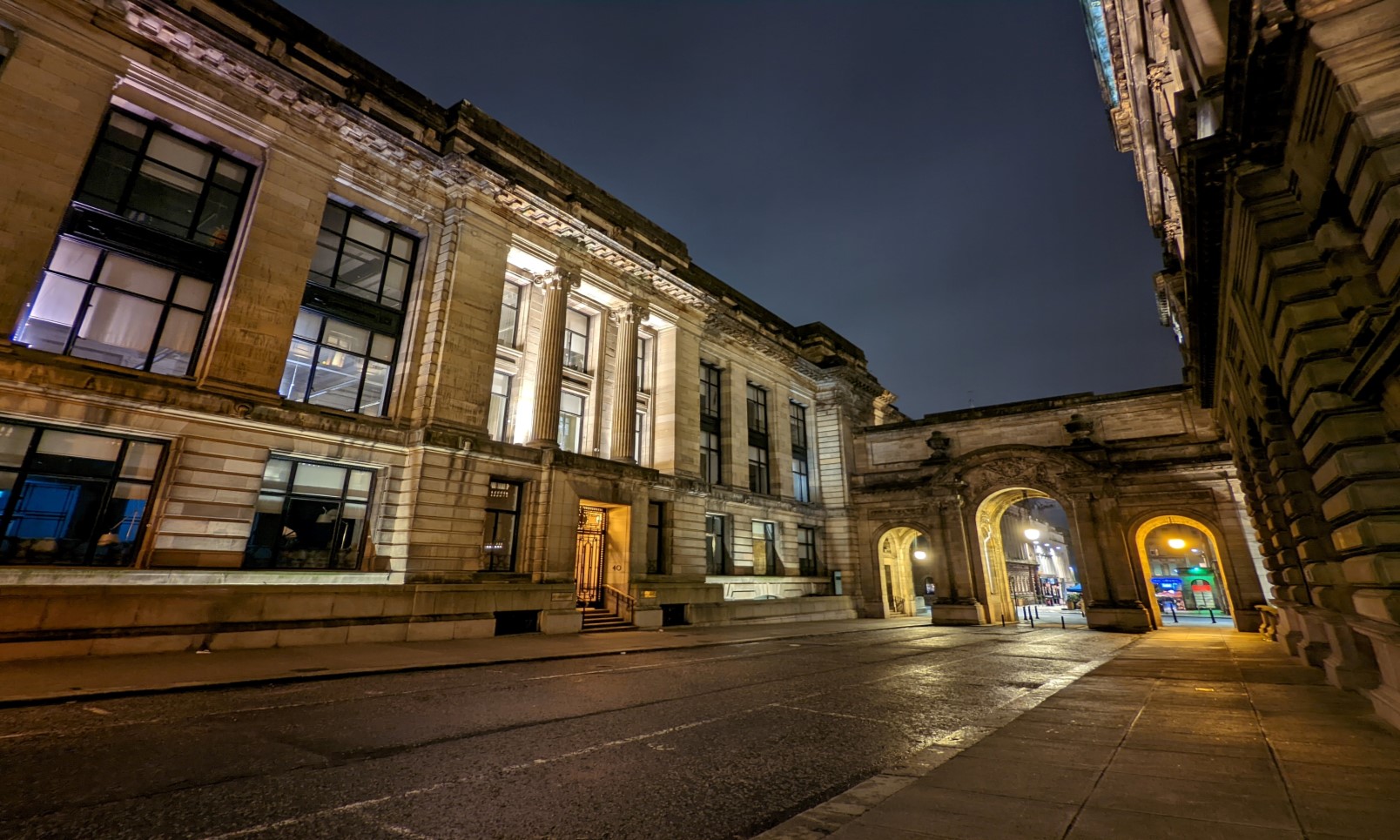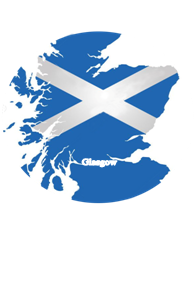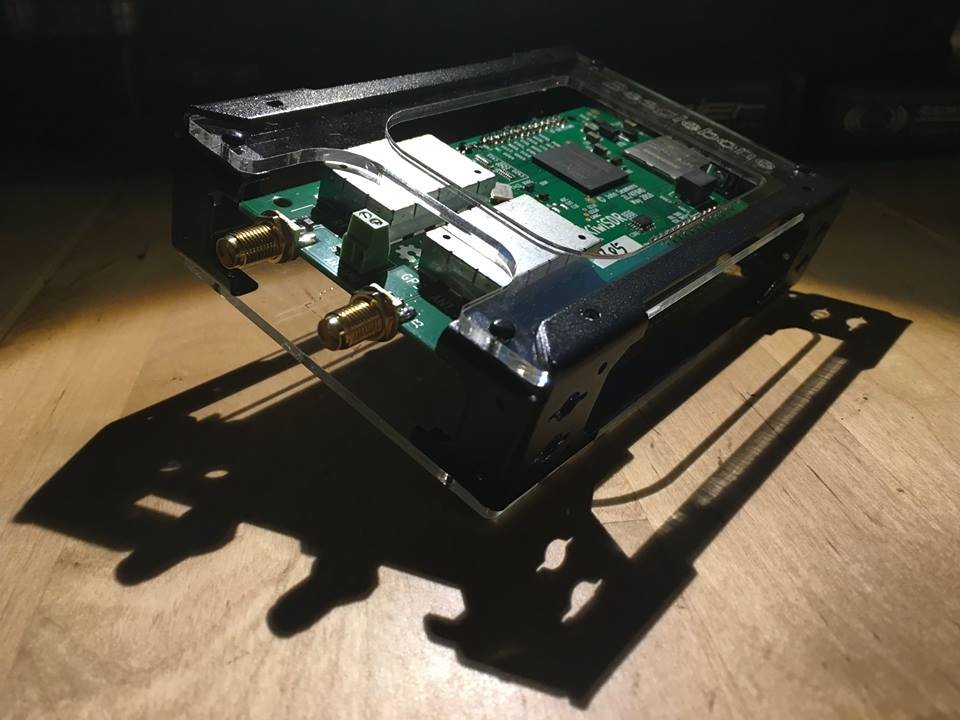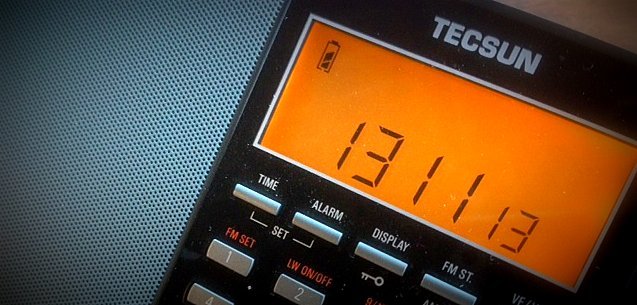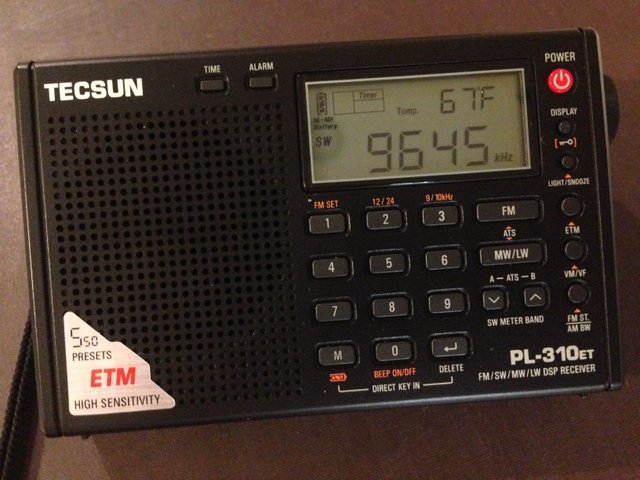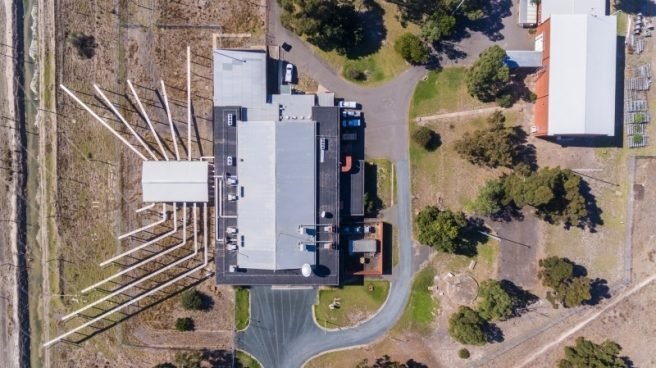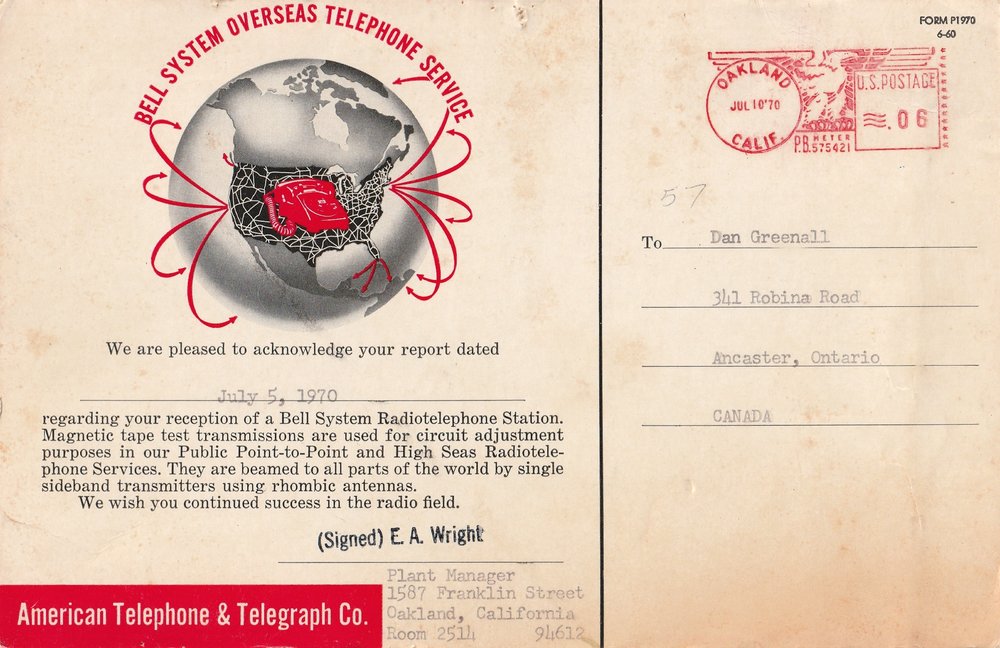

Many thanks to SRAA contributor, Dan Greenall, who shares the following recordings and notes:
Broadcaster: American Telephone and Telegraph Company 1970's
Date of recording: circa 1970s
Frequency: various
Reception location: Ancaster, Ontario, Canada
Receiver and antenna: Hallicrafters S-52 using a longwire antenna
Mode: Single Side Band
Notes: Back in the days before the internet, radiotelephone communications were commonplace, and "voice mirrors" such as these from the American Telephone and Telegraph Company could be heard (usually in sideband mode) all over the shortwaves. These were broadcast so the receiving station could tune them in prior to actual traffic.
These recordings (Dixon and Oakland, California; Fort Lauderdale, Florida; and New York City) are from the early 1970's, and receiving location was Ancaster, Ontario, Canada. Receiving equipment consisted of a Hallicrafters S-52 hooked up to a longwire antenna.
